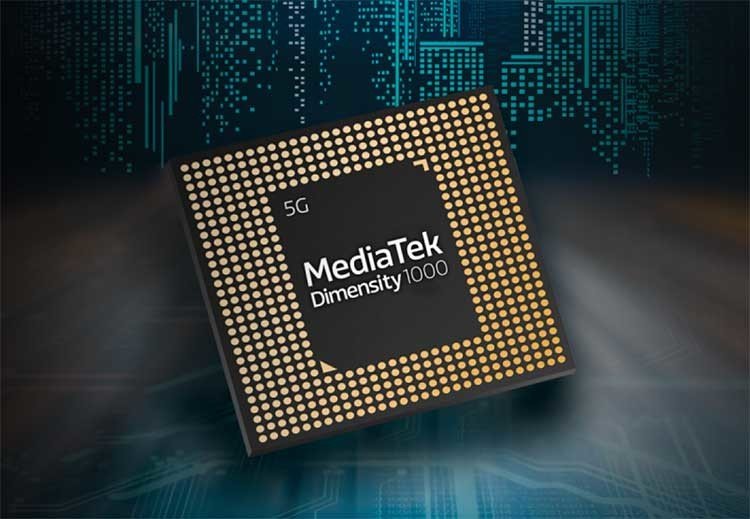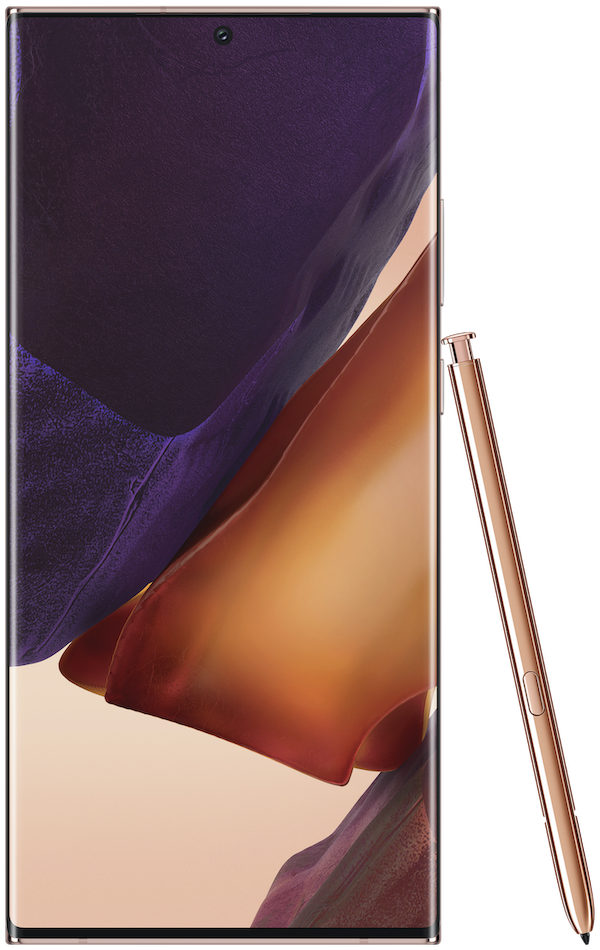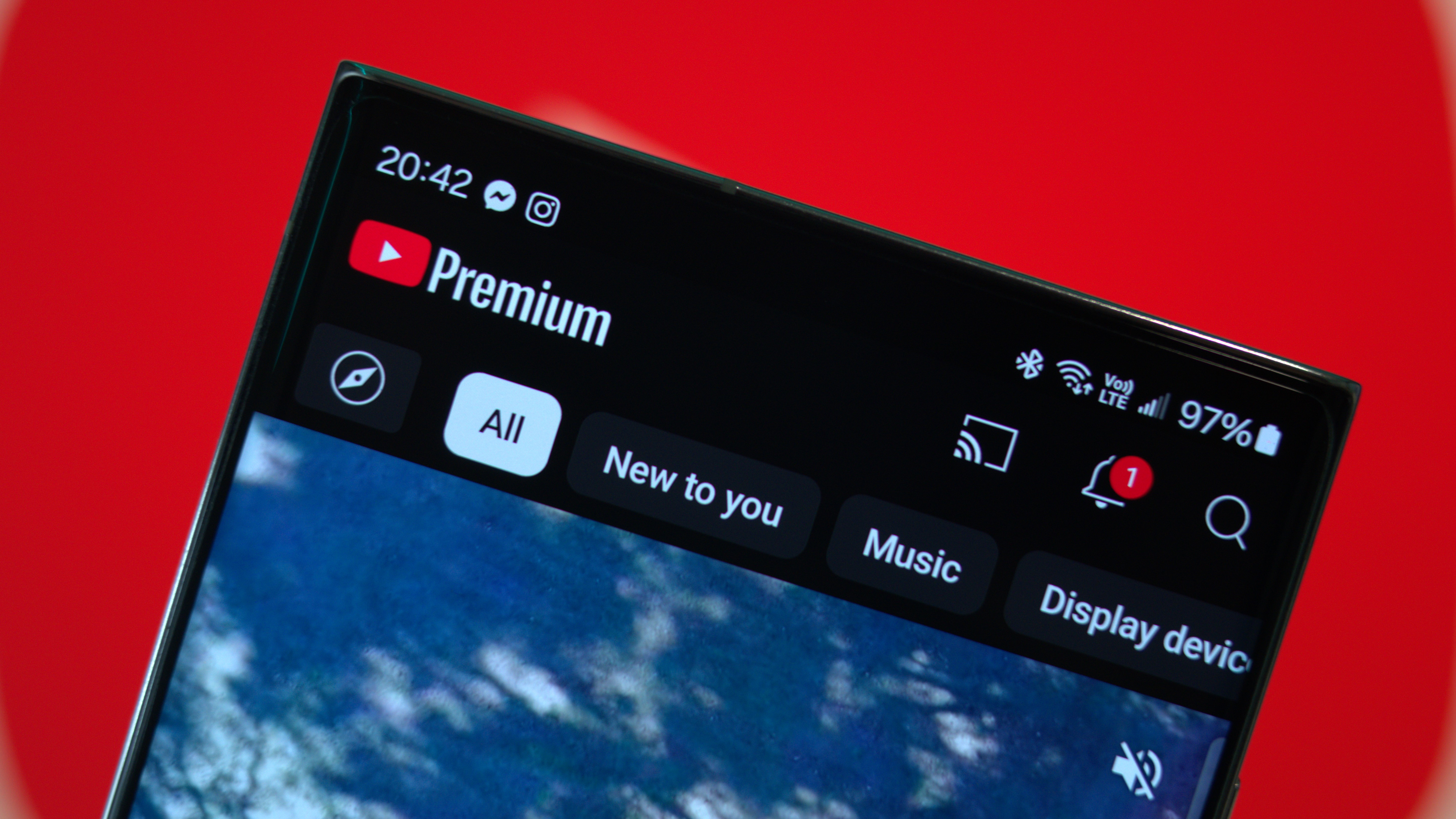Your next phone might not have a Snapdragon processor, and that's a big deal

MediaTek doesn't get a lot of press from western technology journalists. It makes plenty of budget-minded chips for companies looking to build entry-level devices, but outside of a few phones or Chromebooks, we rarely hear about any products powered by MediaTek SoCs.
Many expected that to change in 2020 when MediaTek announced the Dimensity 1000. This type of chip was a first for the company and it clearly was designed to go head to head with Qualcomm. The Dminesity 1000 is an octa-core 7nm chip complete with an integrated wireless package that includes Wi-Fi 6, Bluetooth 5.1, and Sub-6 5G in Stand-alone and Non-Stand-Alone configurations.
The Dimensity 1000 compares favorably to Qualcomm's high-end Snapdragon line.
Several companies did use the new chip from MediaTek, but none of them are exactly household names in the west. And as pointed out by AnandTech, the chip offers performance on par with Snapdragon chips. Not too shabby for an SoC that promises to use 40% less power than the Snapdragon 855 it competed with when launched.
MediaTek suggested that we would see a worldwide release of the Dimensity 1000 in 2020. We didn't, but there are several valid reasons why it may have played out that way. The COVID-19 pandemic brought the entire industry to a halt for several months, or maybe smartphone makers just didn't want to gamble on MediaTek; we've all seen products that don't live up to the hype written in a press release.
Perhaps the most logical explanation was that MediaTek was playing it safe. The company may have worked with Chinese phone makers to get the Dimensity line out into the world to see how things went outside of the testing lab. If the price was right, smartphone manufacturers would gladly take a new high-performance chip to test in a budget or mid-range phone. If it was a success, everybody wins. If not, customers would chalk it up to buying a "cheap" phone.

We will probably never see a name-brand phone using a Dimensity 5G chipset released in North America. North America's network system and patent system belong to Qualcomm and that's not likely to change any time soon. But in places like Europe and the rest of the world, 2021 might be the year a Dimensity high-end chip makes a big splash.
Early adopters may need some convincing if flagship phones ship without a Snapdragon.
This depends largely on phone makers, though. MediaTek carries a reputation as a company that makes decent and affordable SoCs for low-end products, and manufacturers of tech products know that early adopters are aware of just that. If companies feel that smartphone enthusiasts aren't likely to buy a product with a MediaTek chip, it may not be worth the risk to release them.
Get the latest news from Android Central, your trusted companion in the world of Android
If the opposite is true and there is enough buzz around MediaTek's 2021 lineup, it could be the start of a shift in the industry. Qualcomm owns the high-end market. Samsung, Xiaomi, LG, Motorola, and every other company know that a Snapdragon will perform as advertised and create more happy customers. We've all heard the complaints when Samsung releases a Galaxy phone using its own Exynos chips and a big part of that is that customers want to see a Snapdragon inside.
With Samsung out of the picture, we need a number two in the mobile SoC playing field.
Samsung has basically admitted defeat and is rejiggering its Exynos fabrication plans because Qualcomm is so dominant. We need a number two to keep Qualcomm engineers working those long days to push out chip designs that are amazing. With Samsung generally out of the picture, the number two is MediaTek.
The Dimensity line probably won't be able to compete with Qualcomm's incredible Snapdragon 700 series when it comes to performance versus value, but it could pleasantly surprise us all when it comes to those expensive flagships. If 2021's Dimensity 1000 successor continues the trend of being powerful and affordable, we might find out.

This is the Note to get in 2020
Say what you will about the regular Note 20, but the Galaxy Note 20 Ultra is about as feature-rich as Android phones come. It has a premium glass/metal design, 120Hz AMOLED displays, impressive cameras, and a Qualcomm Snapdragon 865+ to power it all.

Jerry is an amateur woodworker and struggling shade tree mechanic. There's nothing he can't take apart, but many things he can't reassemble. You'll find him writing and speaking his loud opinion on Android Central and occasionally on Threads.
